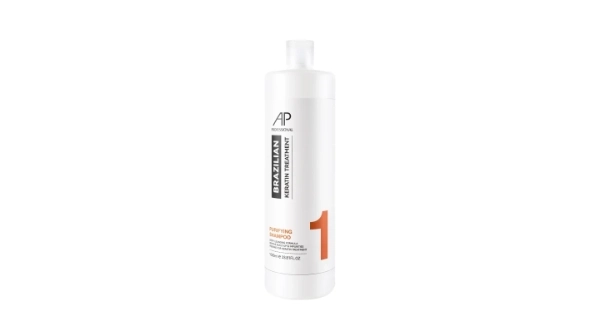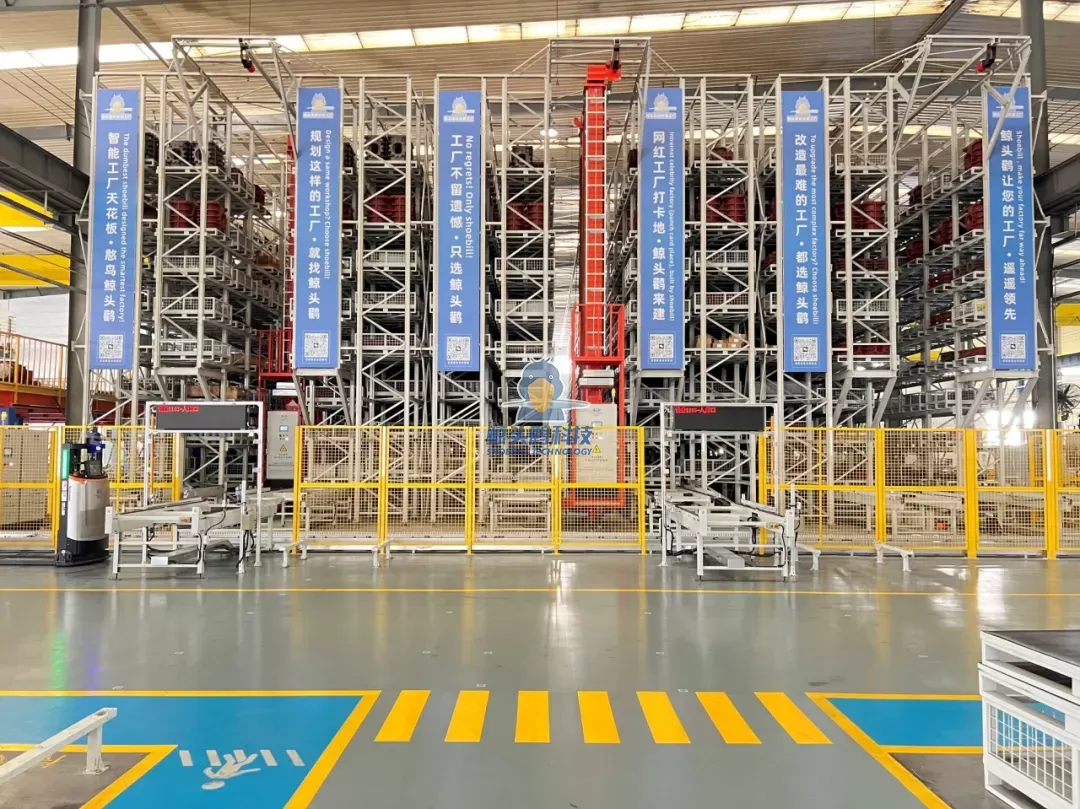In the modern workplace, where productivity and creativity are paramount, the significance of color in office design cannot be overstated. The choice of color in an office environment can influence mood, enhance focus, and ultimately drive productivity. But what is the most productive color for an office? This question delves into the intersection of psychology, design, and workplace efficiency, revealing insights that can transform any workspace into a hub of creativity and productivity.
Understanding Color Psychology
Color psychology is the study of how colors affect human behavior and emotions. Different colors evoke different feelings and responses, which can significantly impact workplace dynamics. For instance, warm colors like red and orange can stimulate energy and excitement, while cool colors like blue and green tend to promote calmness and focus. Understanding these associations is crucial for selecting the right color palette for an office.
The Case for Blue: A Productive Powerhouse
Among the spectrum of colors, blue consistently emerges as a frontrunner in promoting productivity. Research indicates that blue hues can enhance concentration and stimulate clear thought processes. This is particularly beneficial in environments that require analytical thinking, problem-solving, and creativity.
- Cognitive Benefits: Studies have shown that exposure to blue light can increase alertness and cognitive performance. This is attributed to blue's ability to reduce fatigue and enhance mental clarity, making it an ideal choice for offices where employees engage in tasks that demand high levels of focus.
- Stress Reduction: Blue is often associated with tranquility and calmness. In high-pressure work environments, incorporating blue tones can help mitigate stress and anxiety, fostering a more conducive atmosphere for productivity. Employees are likely to feel more at ease, allowing them to concentrate better on their tasks.
- Creativity Boost: Interestingly, blue is also linked to creativity. A study published in the journal Color Research and Application found that participants exposed to blue environments performed better on creative tasks compared to those in red or white settings. This makes blue an excellent choice for creative industries where innovation is key.
The Role of Green: A Balance of Focus and Relaxation
While blue stands out as a productivity enhancer, green also plays a vital role in creating an effective office environment. Green is often associated with nature, growth, and renewal, making it a refreshing choice for workplaces.
- Visual Comfort: Green is easy on the eyes and can reduce eye strain, especially in environments with extensive screen time. This visual comfort can lead to longer periods of focus without the fatigue that often accompanies prolonged exposure to harsher colors.
- Enhanced Collaboration: Green spaces have been shown to promote collaboration and teamwork. In open office layouts, incorporating green elements can create a sense of community and encourage communication among team members, ultimately enhancing productivity.
- Mood Improvement: The presence of green can uplift mood and increase overall job satisfaction. A positive work environment is crucial for maintaining high levels of productivity, and green can play a significant role in achieving this.
The Impact of Yellow: A Spark of Optimism
Yellow, often associated with happiness and optimism, can also be a productive color when used judiciously. While too much yellow can lead to feelings of frustration, when balanced with other colors, it can inspire creativity and innovation.
- Stimulating Creativity: Yellow is known to stimulate mental activity and encourage original thought. Incorporating yellow accents in brainstorming rooms or creative spaces can inspire innovative ideas and foster a dynamic atmosphere.
- Encouraging Communication: Yellow can also enhance communication and collaboration among team members. Its bright and cheerful nature can create an inviting environment that encourages open dialogue and idea sharing.
Practical Applications: Designing Your Productive Office
When designing an office space, it's essential to consider how color can be strategically applied to enhance productivity. Here are some practical tips:
- Color Zones: Create different zones within the office using color to delineate spaces for various activities. For example, use blue in areas designated for focused work, green in collaborative spaces, and yellow in creative brainstorming areas.
- Accent Walls: Instead of overwhelming the entire office with one color, consider using accent walls to introduce productivity-enhancing hues. This approach allows for a dynamic environment without compromising on professionalism.
- Natural Light and Color: Take advantage of natural light, which can enhance the appearance of colors. Position workstations near windows to maximize exposure to daylight, which can amplify the positive effects of color.
- Personalization: Encourage employees to personalize their workspaces with colors that resonate with them. Individual preferences can significantly impact productivity, and allowing personal expression can lead to a more engaged workforce.
Conclusion: The Color of Productivity
In conclusion, the most productive color for an office is not a one-size-fits-all solution. While blue emerges as a powerful contender due to its cognitive and calming effects, green and yellow also offer unique benefits that can enhance productivity in different contexts. By understanding the psychological impacts of color and thoughtfully applying them in office design, organizations can create environments that not only boost productivity but also foster creativity, collaboration, and overall employee well-being.







+ There are no comments
Add yours